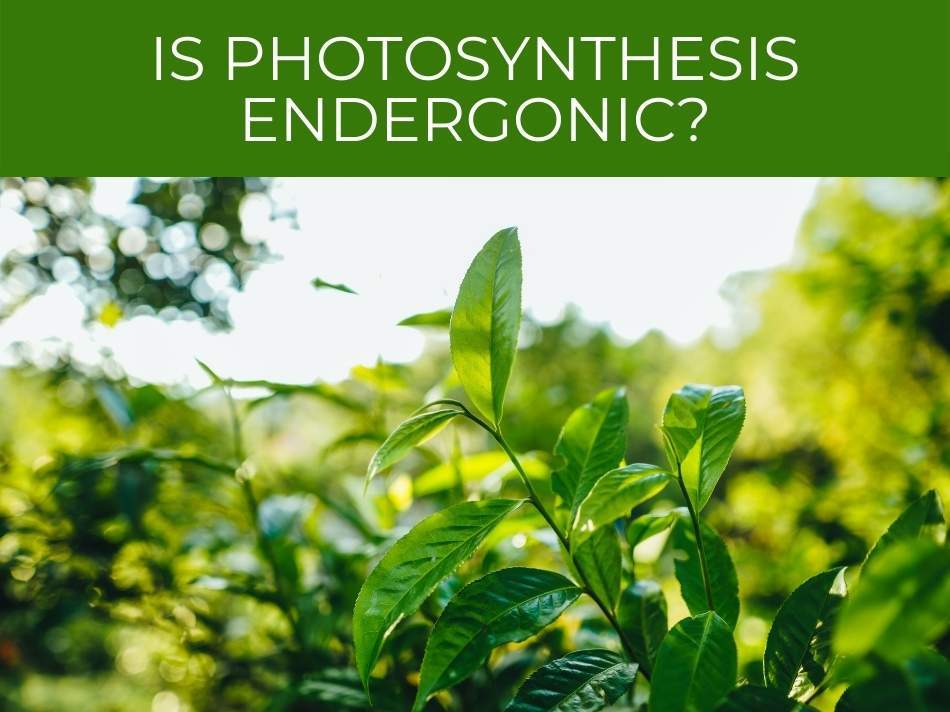Endergonic and exergonic sound a little like entrance and exit. When they are used in the context of biology, though, it isn’t quite that simple. These are terms that describe types of chemical reactions. They are opposites in some ways, as are entrance and exit. There are also similarities between the two reactions, though.
Photosynthesis is endergonic because energy is absorbed for a chemical change to take place. The products of the chemical reaction have a higher level of energy than the reactants (inputs). Photosynthesis is a chemical reaction that follows this pattern.
Working out exactly what endergonic means and how photosynthesis produces more energy than it takes in can be a little confusing. Here, we unpack what the different terms mean and guide you through the process of working out why photosynthesis is an endergonic process.
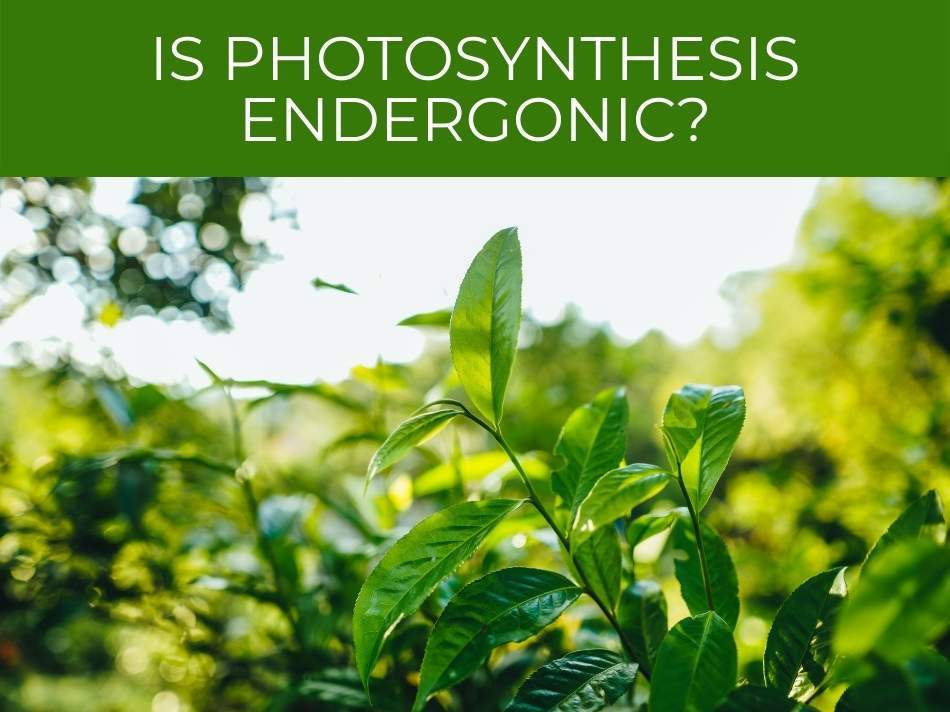
Is photosynthesis endergonic?
Photosynthesis is an endergonic reaction because it requires energy to be absorbed so that the reaction can take place. The level of energy increases through the process, so the amount of energy is greater after the reaction than it was before.
An endergonic reaction is one in which energy is absorbed.
This energy is the basis for the reaction to occur.
There is a gain in energy from the beginning of the process to occur.

In order for photosynthesis to occur, a plant needs to absorb energy from sunlight.
Photosynthesis occurs in plants, algae, and some bacteria that contain chlorophyll.
The chlorophyll absorbs energy in the form of sunlight.
The plant uses the energy from the sunlight to produce a chemical reaction that synthesizes water and carbon dioxide.
The result of the synthesis is the production of energy in the form of sugar.
This produces another form of energy, in the guise of glucose.
See the outputs of photosynthesis.
This is then converted further into ATPs, which is the correct form of chemical energy plants, algae or bacteria require for life.
There is a gain of energy through the process, so the level of energy after photosynthesis is greater than that of the solar energy that is taken in at the beginning.
This means that photosynthesis is an endergonic reaction.
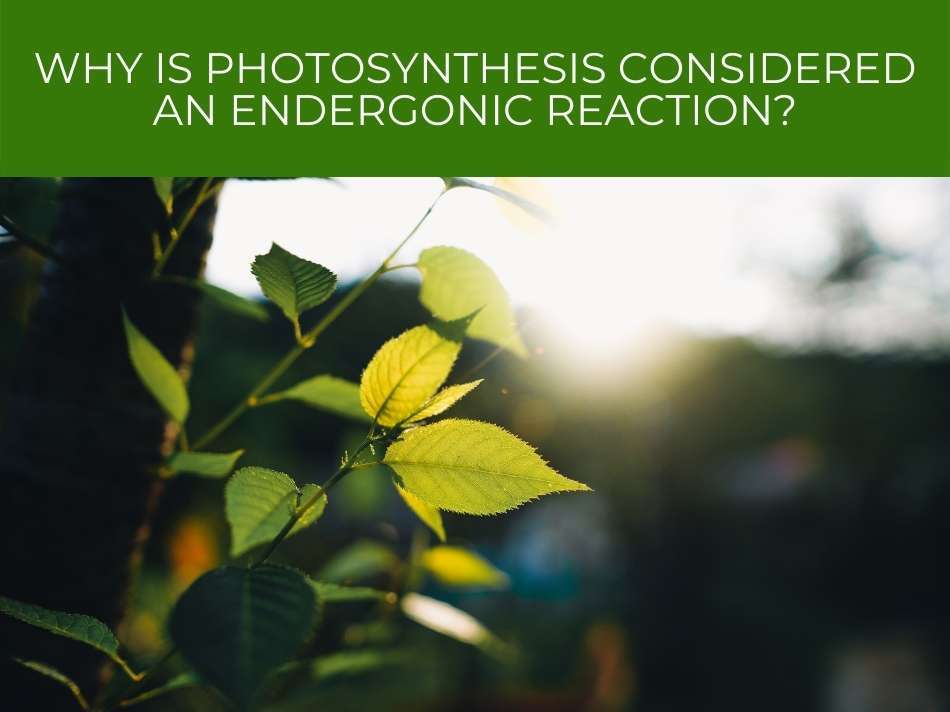
Why is photosynthesis considered an endergonic reaction?
Photosynthesis is considered an endergonic reaction because its products contain more energy than its reactants. In the case of photosynthesis, the energy comes from light, & converts water & carbon dioxide into glucose (sugar).
Photosynthesis is the source of food, not only for plants but for just about all living organisms on the earth.
There are two main reactions that occur for photosynthesis to occur.
The first is a light reaction that produces glucose that is converted into ATPs.
The second is the reaction with carbon which produces the form of energy that plants need to feed on.
The energy that is taken into a plant is in the form of sunlight that is absorbed by chlorophyll, which is the green pigment in plants.
See the inputs of photosynthesis.
A reaction that has to get energy from an outside source is described as being endergonic.
As photosynthesis takes in the energy from sunlight, an outside source, it is considered to be an endergonic reaction.
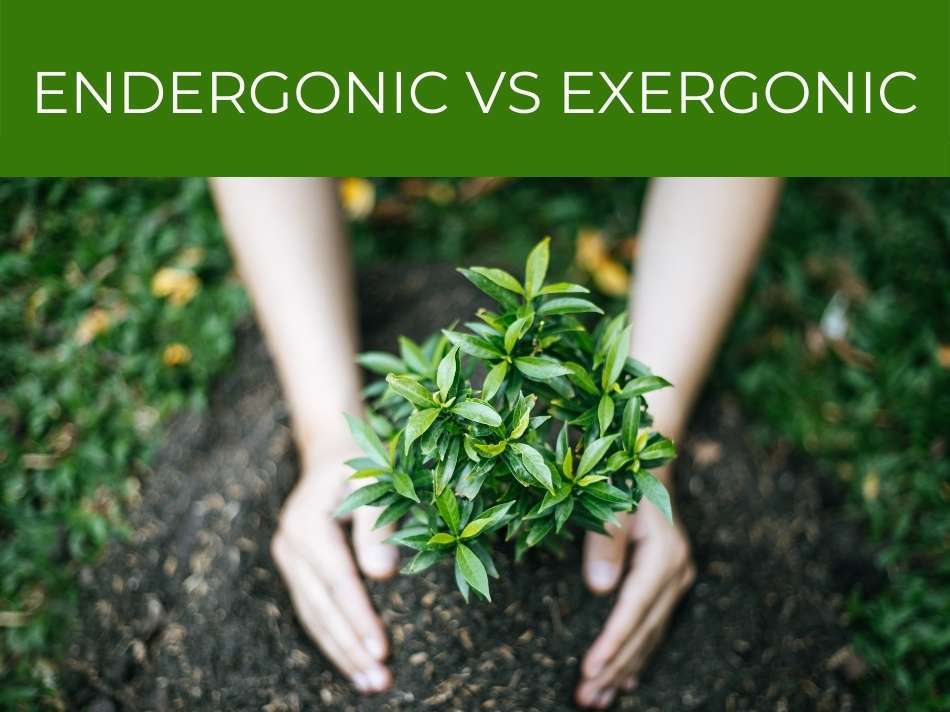
Endergonic vs exergonic.
Endergonic reactions absorb energy, and exergonic reactions release energy. Photosynthesis is endergonic because its reactants (inputs) absorb light energy to produce glucose & oxygen. Consuming glucose is exergonic, because it releases energy.
Both endergonic and exergonic reactions are processes that produce energy.
There are raw materials, which are involved in the reaction.
These are the reactants.
The final state of both reactions is energy in the form of products.

Endergonic reactions
Simply put, ‘endergonic’ refers to a chemical process that needs energy from an outside source to occur.
The energy has to be absorbed by the organism in order for the reaction to be able to take place.
During an endergonic reaction, the make-up of some molecules is changed and arranged in new configurations.
In this way, a new substance is formed.
An endergonic reaction takes in energy but also releases it.
The energy that is released is a result of the chemical reaction.
In an endergonic reaction, the level of energy that is given off is higher than the level of that taken in.

Exergonic reactions
An exergonic reaction is similar to an endergonic reaction in that they both use energy in a chemical reaction.
Exergonic reactions are different, though, because they don’t need energy in order to take place.
They also differ from endergonic reactions in that the energy released by an exergonic reaction is of a lower level than that released by an endergonic reaction.

To summarize
The energy levels of the products in an exergonic reaction are lower than that of the reactants.
The energy levels of the products in an endergonic reaction are higher than that of the reactants.
An exergonic reaction does not need to take in energy from an outside source.
An endergonic reaction can only take place with the absorption of energy from an outside source.

Endergonic reaction example
An example of an endergonic reaction is photosynthesis. Photosynthesis takes in energy from an outside source (light) to combine water & carbon dioxide into sugar (glucose). The energy level of the products (glucose & oxygen) is higher than that of the reactants.
An endergonic reaction happens when energy is used for a chemical change in the reactants.
The reactants of photosynthesis are water and carbon dioxide.
These substances undergo a chemical change during photosynthesis.
The energy needed for an endergonic reaction to take place is acquired from an outside source.
In photosynthesis, the energy used for the chemical change in the reactants is absorbed from sunlight, which is an outside source.
The chemical change in the endergonic reaction results in a new substance being formed.
The chemical reaction that takes place during photosynthesis results in the reconfiguration of the molecules to produce glucose, which is a new substance.
In an endergonic reaction, the level of energy in the product is higher than that of the reactants.
In photosynthesis, there is more energy in the products than in the products.
This means there is more energy in the glucose and ATPs than in the water and carbon dioxide.
This makes photosynthesis a good example of an endergonic reaction.
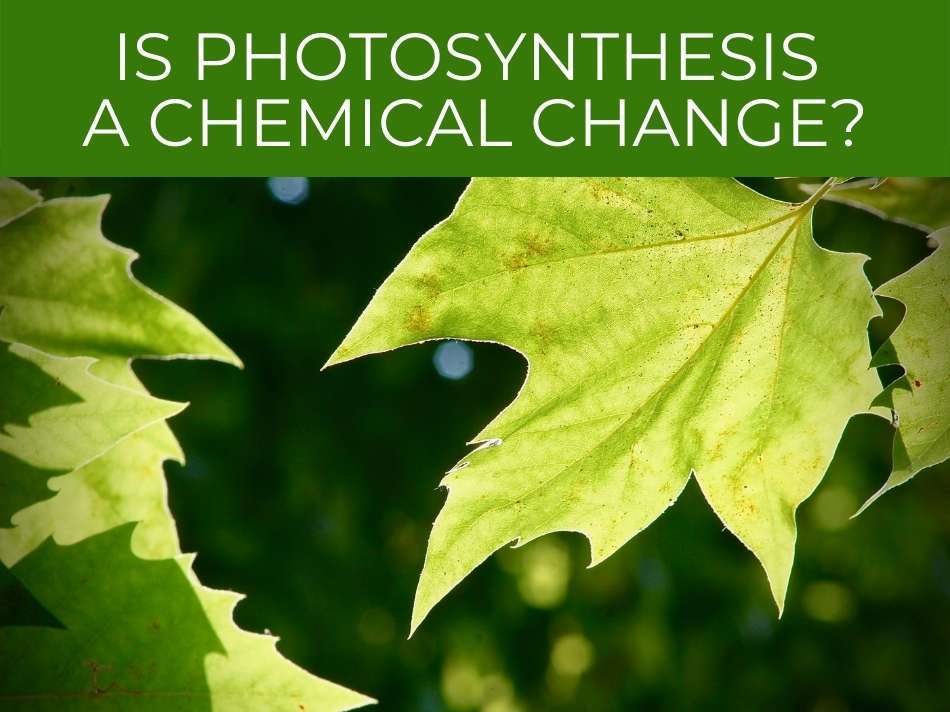
Is photosynthesis a chemical change?
Photosynthesis is a chemical change, because it converts carbon dioxide (CO2) & water (H2O) into glucose (C6H12O6) & oxygen (O2). The chemical formula for photosynthesis is: 6CO2 + 6H2O + Light energy → C6H12O6 (sugar) + 6O2.
The basis of photosynthesis is a change in the chemistry of carbon dioxide and water.
Energy from sunlight is used to fuel the chemical change that results in a different relation between the molecules.
This makes photosynthesis a chemical change.
A chemical change refers to a process that takes place at the molecular level.
The molecules of a substance are changed so that they rearrange themselves in non-identical patterns to form a different substance.
The raw materials for photosynthesis include water and carbon dioxide.
Water is made up of Hydrogen and oxygen atoms, while carbon dioxide is made up of carbon and oxygen atoms.
Through the process of photosynthesis, the molecules of carbon dioxide and water are broken down into their separate atoms.
These atoms are then reorganized into patterns that form different substances.
This means that the process of photosynthesis is a chemical change.

Conclusion
Photosynthesis is an endergonic reaction because it takes in energy from an outside source in order for a chemical change to take place.
The reactants in the process of photosynthesis are water and carbon dioxide, which are altered to form a product, glucose.
The amount of energy in the product is higher than that of the reactants at the beginning of the process of photosynthesis, which is another characteristic of an endergonic reaction.

